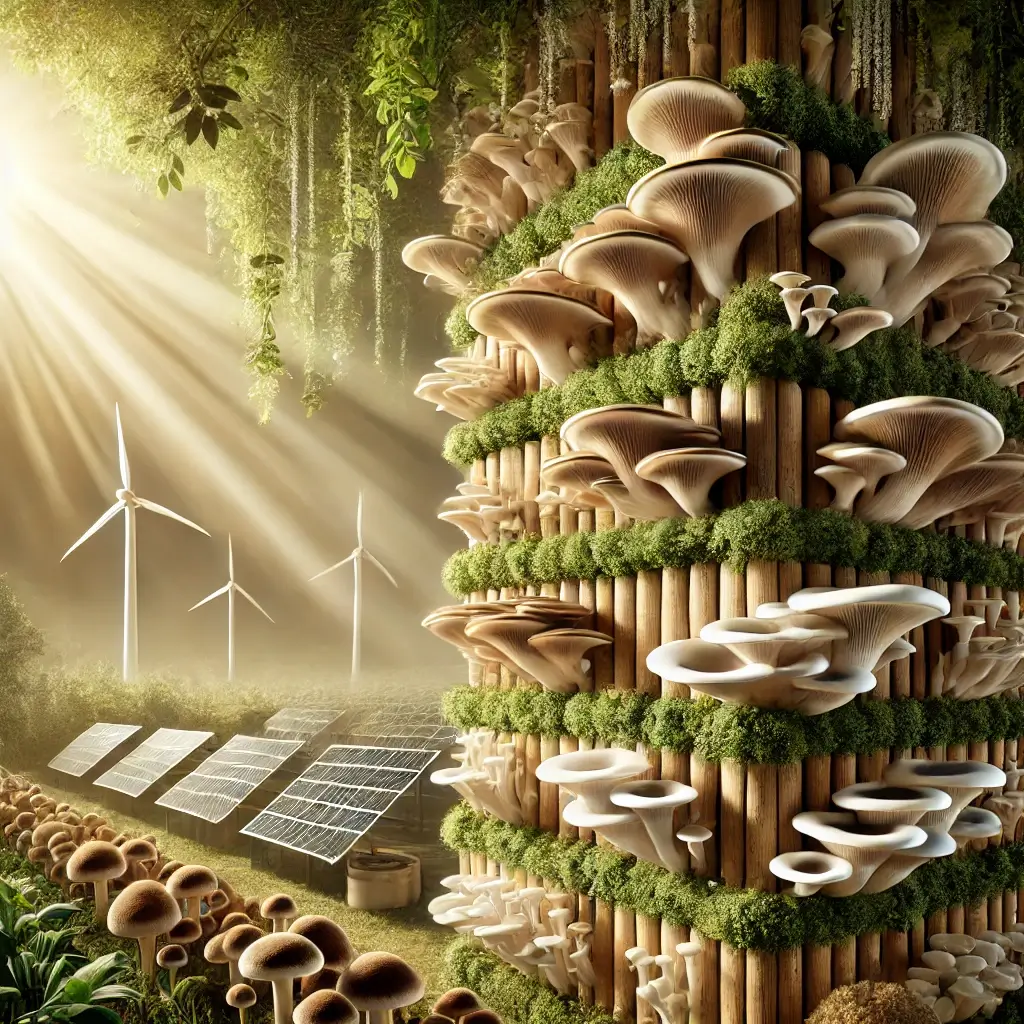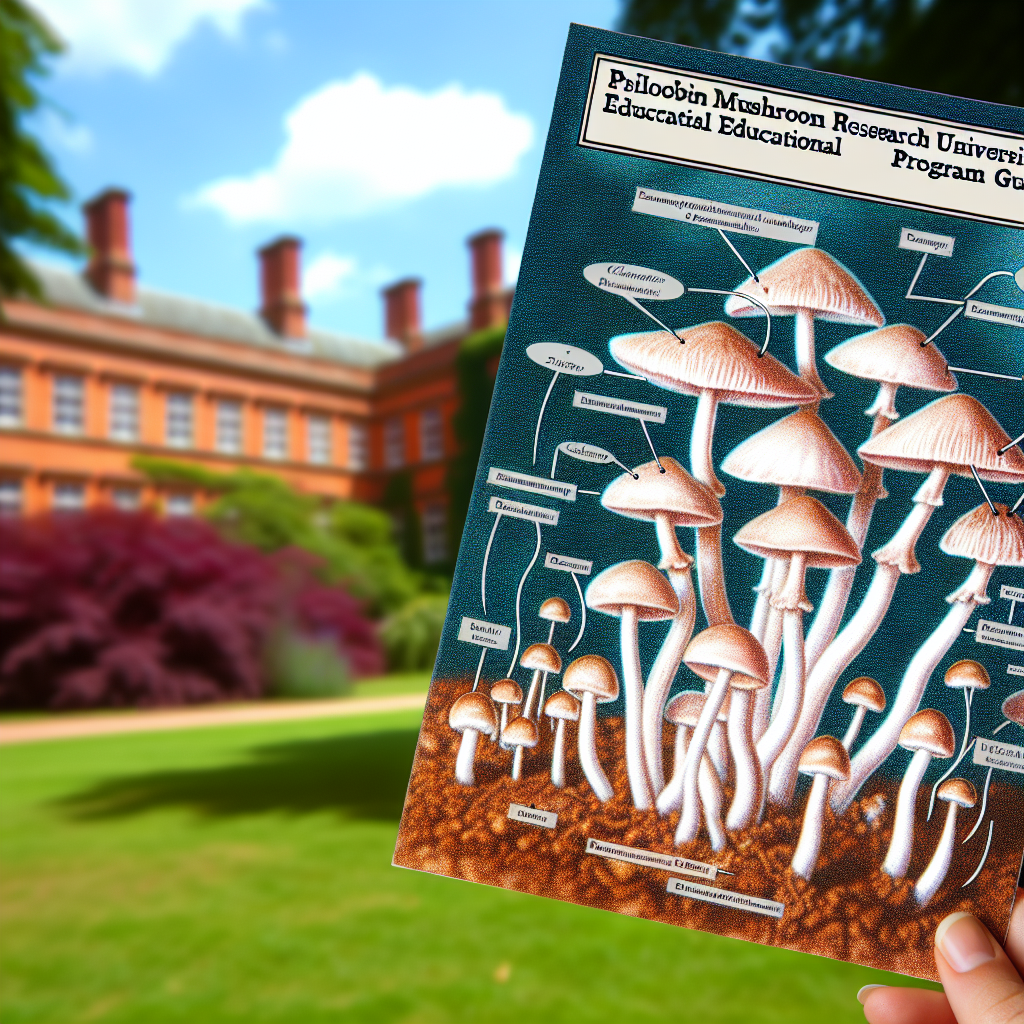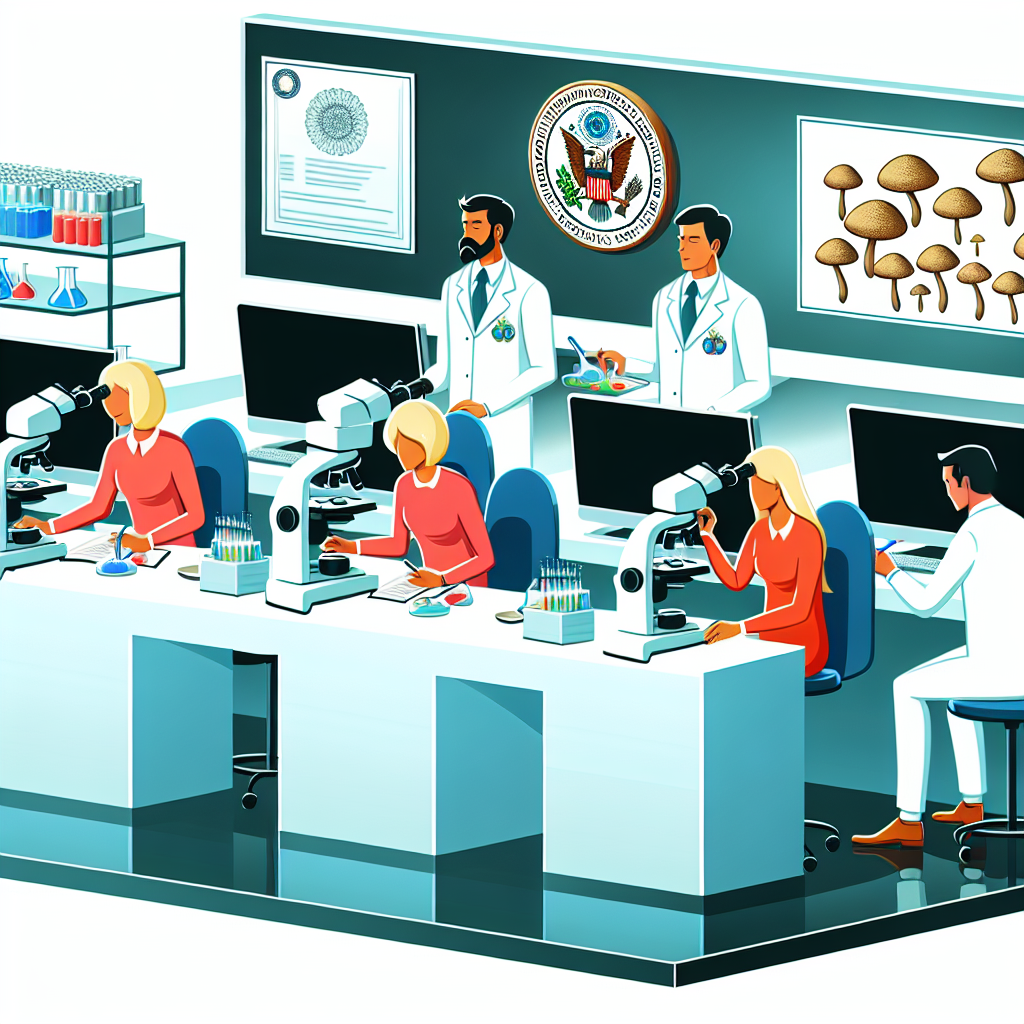Introduction to Eco-Friendly Agriculture
In an era where sustainable practices are paramount, gourmet mushroom farming emerges as a beacon of eco-friendly agriculture. These fungi, prized for their culinary versatility and potential health benefits, provide not only a nutritious food source but also an opportunity to champion sustainability. From reducing agricultural waste to pioneering innovative growing methods, mushroom farming encapsulates the fusion of environmental stewardship and economic growth. Varieties like oyster and shiitake mushrooms have become household staples, celebrated for their robust flavors and nutrient-rich profiles.
Meeting Consumer Demand Sustainably
As consumers gravitate toward locally produced, organic options, mushroom cultivators face a dual challenge: meeting rising demand while minimizing environmental impact. By embracing sustainable practices, growers can optimize resources, cut costs, and contribute positively to ecological preservation. This guide delves into the principles of sustainable gourmet mushroom farming, highlighting innovative techniques and recent research that reinforce the role of mushrooms in a greener future.
Research and Sustainable Practices
One groundbreaking approach to sustainability in mushroom farming involves utilizing agricultural by-products as substrates. Research by Peterson et al. (2023) demonstrated that spent coffee grounds and sawdust, when properly treated, can support fungal growth as effectively as traditional hardwood mixes. This practice not only diverts waste from landfills but also lowers production costs for growers. The study also emphasized the importance of maintaining a pH level between 5.5 and 6.5 and achieving a substrate moisture content of 60-65% for optimal results.
Vertical Farming Technologies
Vertical farming technologies have revolutionized space utilization in mushroom cultivation. By employing stacked systems and LED lighting tailored for fungal growth, growers can increase yield density while reducing their ecological footprint. Studies published in Mycological Research found that LED spectrum optimization—specifically, blue and red wavelengths—enhances mushroom growth and energy efficiency, reducing energy consumption by up to 40% compared to traditional lighting systems.
Water Conservation and Renewable Energy
Water conservation is another critical focus area. Advanced irrigation systems, coupled with humidity control technologies, enable growers to reduce water usage without compromising growing conditions. In addition, renewable energy integration, such as solar panels, has proven effective in powering farming operations sustainably, further reducing the carbon footprint of mushroom cultivation.
Addressing Environmental Challenges
Contamination prevention remains a significant hurdle in sustainable farming. Johnson et al. (2023) underscore the importance of clean room protocols, such as the use of HEPA filters and positive air pressure systems, to reduce contamination risks. Routine sanitization of equipment and facilities, complemented by UV sterilization, ensures a safer growing environment. Such measures not only protect the crop but also minimize waste caused by spoiled or unusable yields.
Bioremediation Potential
Furthermore, the ability of oyster mushrooms (Pleurotus ostreatus) to degrade lignocellulosic materials positions them as a natural tool for bioremediation. Studies suggest that these mushrooms can break down pollutants, such as petroleum-based contaminants, into less harmful compounds. This dual role of providing food and cleaning the environment highlights their potential in sustainable agricultural systems.
Socio-Economic Impact
Sustainability in mushroom farming extends beyond environmental benefits. The economic impact of adopting eco-friendly practices is substantial. Small-scale growers, particularly in underserved regions, can leverage locally available waste materials as substrates, reducing input costs and creating additional revenue streams. Moreover, the low-energy requirements of vertical and urban farming models enable growers to operate in areas with limited resources, fostering local economies.
Innovations in Packaging
Innovations in packaging also contribute to sustainability efforts. Biodegradable packaging solutions are increasingly being used to market gourmet mushrooms, aligning with consumer preferences for environmentally conscious products. Such practices not only reduce plastic waste but also enhance brand value in competitive markets.
Conclusion
Sustainability in gourmet mushroom farming is more than a trend; it is a necessity for addressing global challenges in food production and environmental conservation. By adopting eco-friendly practices, such as using agricultural by-products, optimizing water and energy usage, and embracing bioremediation, growers can significantly reduce their ecological impact. Simultaneously, these practices pave the way for economic growth and social empowerment, especially in local farming communities.
Future Outlook
As the industry evolves, the integration of innovative technologies and adherence to sustainable principles will set the standard for future agricultural practices. Gourmet mushrooms, with their unique ability to harmonize ecological and economic goals, exemplify the potential of sustainable farming in creating a healthier, greener planet.
References
Peterson, R. et al. (2023). “Environmental Parameters in Commercial Mushroom Cultivation.” Mycological Research, 127(2), 89-104.
Johnson, B. et al. (2023). “Clean Room Protocols for Mushroom Cultivation.” Journal of Food Safety, 43(1), 67-82.
Zhang, Y. et al. (2023). “Optimization of Substrate Formulations for Gourmet Mushroom Production.” Journal of Applied Mycology, 45(3), 178-192.
Martinez-Garcia, E. et al. (2022). “Yield Optimization in Gourmet Mushroom Production.” Applied Microbiology and Biotechnology, 106(8), 3245-3260.




